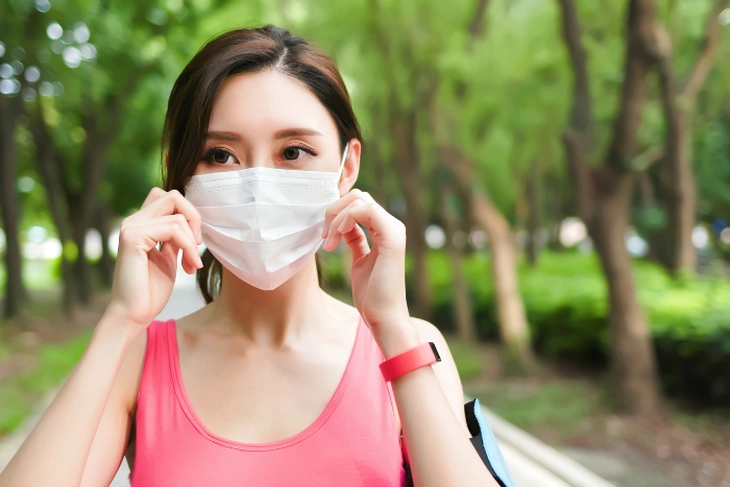
Wearing a mask brings many benefits - Photo: CN
Wearing a mask - benefits and harms
Scientists in China have long been concerned about this issue, especially since the COVID-19 pandemic.
Wearing a mask has been shown to have clear benefits in many ways, such as effectively filtering out fine dust particles PM2.5 – the agent that causes pneumonia, asthma and cardiovascular disease.
Research at the Chinese Healthcare Research Institute found that wearing an N95 mask while walking in a polluted area reduced blood pressure and improved blood circulation in both healthy people and those with heart disease.
On the other hand, wearing a mask also has certain benefits when exercising. Masks help warm and humidify the air you breathe, thereby reducing the risk of airway constriction due to inhaling cold or dry air during exercise.
However, wearing a mask still has the following obstacles for people exercising outdoors:
1. Causes discomfort during strenuous exercise
Wearing a mask while running can make breathing more difficult, especially during high-intensity exercise.
2. Effectiveness depends on the tightness and quality of the mask
Masks are only effective when they fit snugly on the face. Beards, small faces, or wearing them incorrectly can reduce their effectiveness.
3. Cannot filter toxic gases
N95 masks cannot filter out toxic gases like NO₂ or O₃. Some masks with activated carbon may help, but their effectiveness is limited.
If the air quality index (AQI) exceeds 150, limit outdoor activity. If necessary, wear an N95 mask or equivalent.
Choose to exercise early in the morning or after rush hour to reduce exposure to pollution.
If you feel short of breath, dizzy or tired while wearing a mask while jogging, reduce the intensity or switch to indoor exercise.
Types of masks suitable for jogging outdoors in polluted conditions
1. N95 / FFP2 Mask
High filtration efficiency (95%) for PM2.5 fine dust, but obstructs airflow - suitable for people with good physical condition.
Choose the type with a one-way valve for easier breathing during exercise.
Some experts recommend wearing a sport- tuned version of the N95, which is lighter in construction and easier to adjust during exercise.
2. Specialized sports masks
Usually feature a snug fit, multi-layer filter, and antibacterial outer layer.
Some models have an activated carbon filter, which helps reduce the absorption of mild toxic gases (NO₂, SO₂...).(
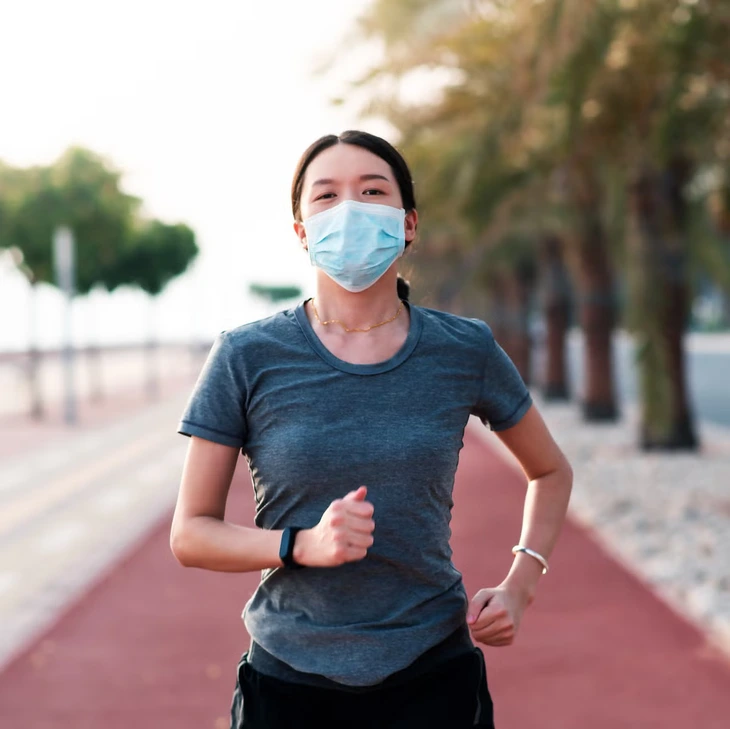
Wearing a mask incorrectly can also cause harm - Photo: CN
Safe Exercise Strategies When Air Quality Is Poor
1. Check the AQI before going out.
2. Practice in the park, away from the main road.
3. Ideal time to practice.
AQI < 100: Can run outdoors normally.
AQI 100–150: People with respiratory illnesses should wear a mask.
AQI > 150: Consider exercising indoors, use an air purifier.
Use apps: AirVisual, IQAir, Plume Labs, or website aqicn.org.
According to research by King's College London, jogging 100–200m away from the road can reduce exposure to fine dust by up to 60%.
Early morning (before 7am) or after 8pm is when traffic density is lowest and emissions are also reduced.
Personal health note
People with asthma, COPD, heart disease, or a history of COVID-19 should:
Light, shorter workouts.
Wear a mask that fits snugly but not too tightly to cause lack of oxygen.
Monitor your body's response after each workout.
Source: https://tuoitre.vn/co-nen-deo-khau-trang-khi-chay-bo-20250421103341309.htm








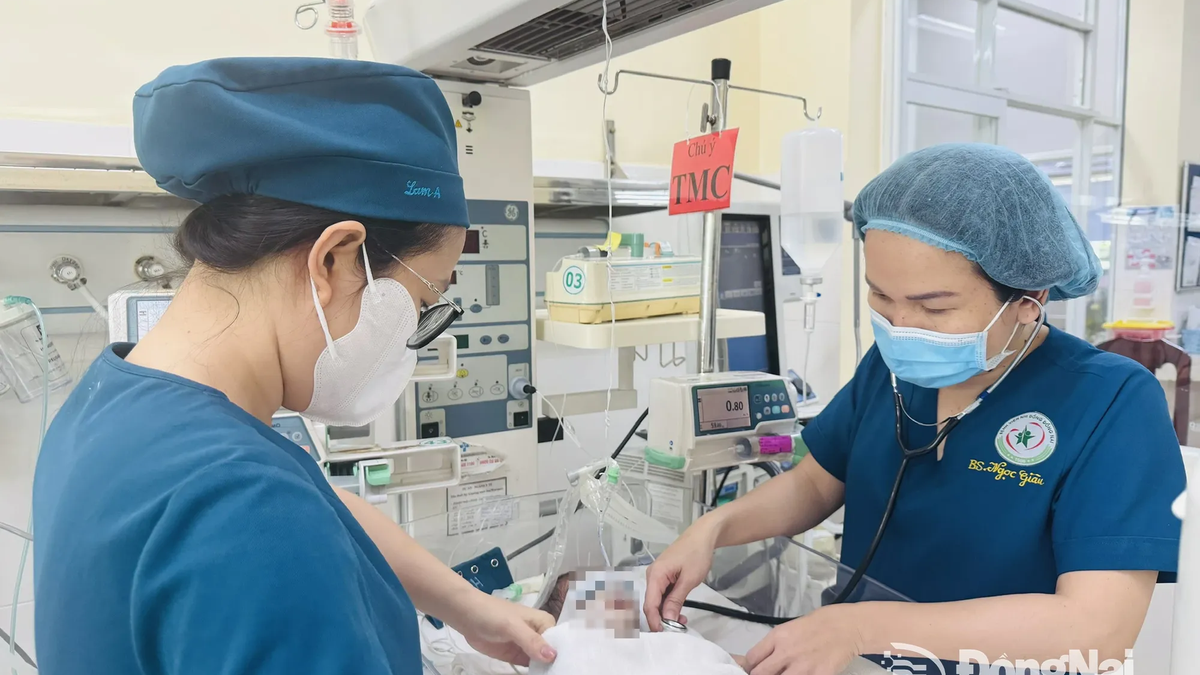




















































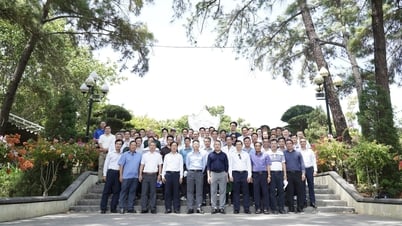

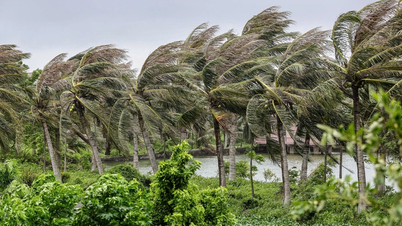
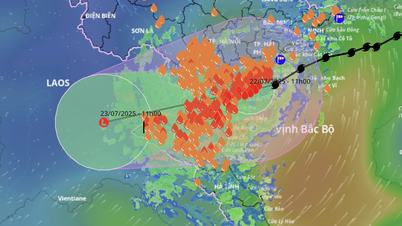

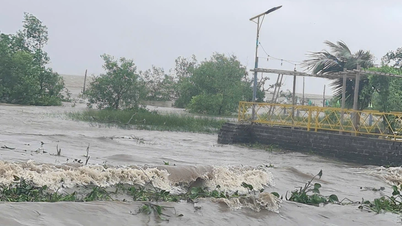
































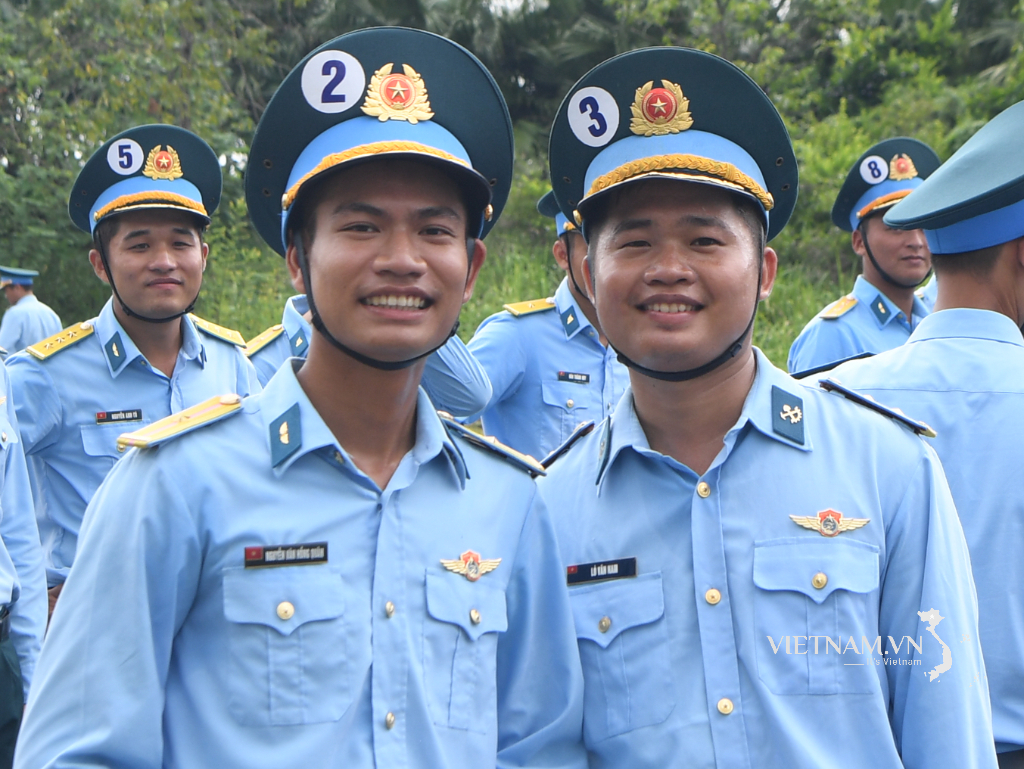

Comment (0)